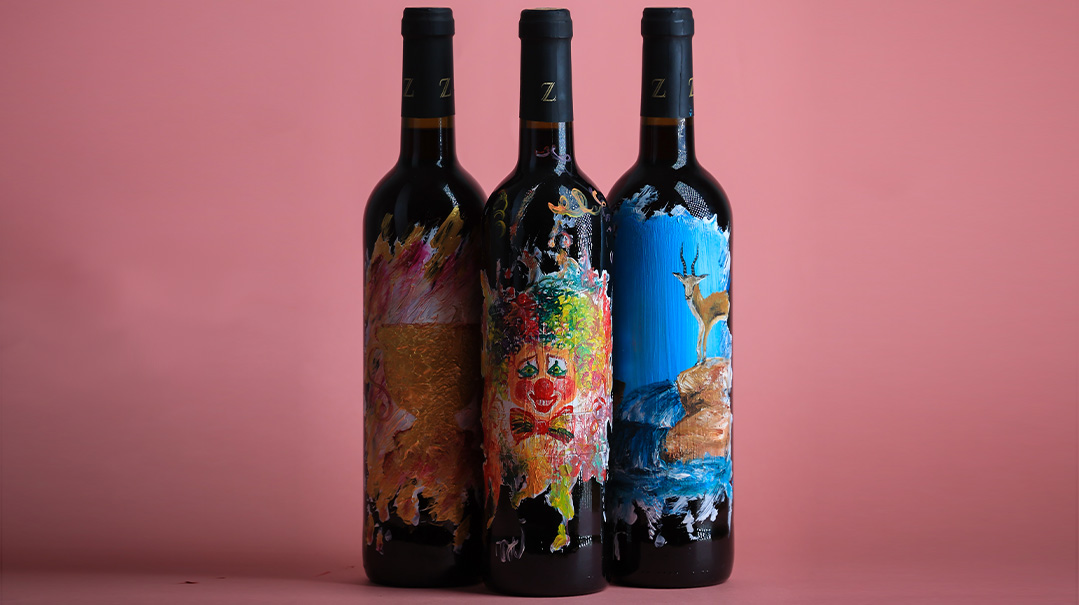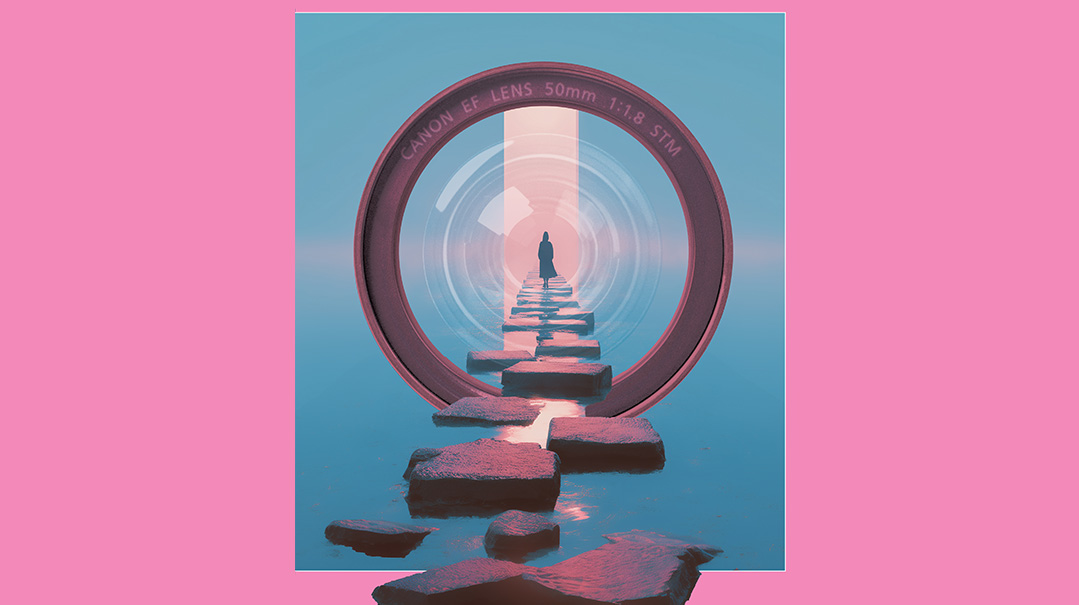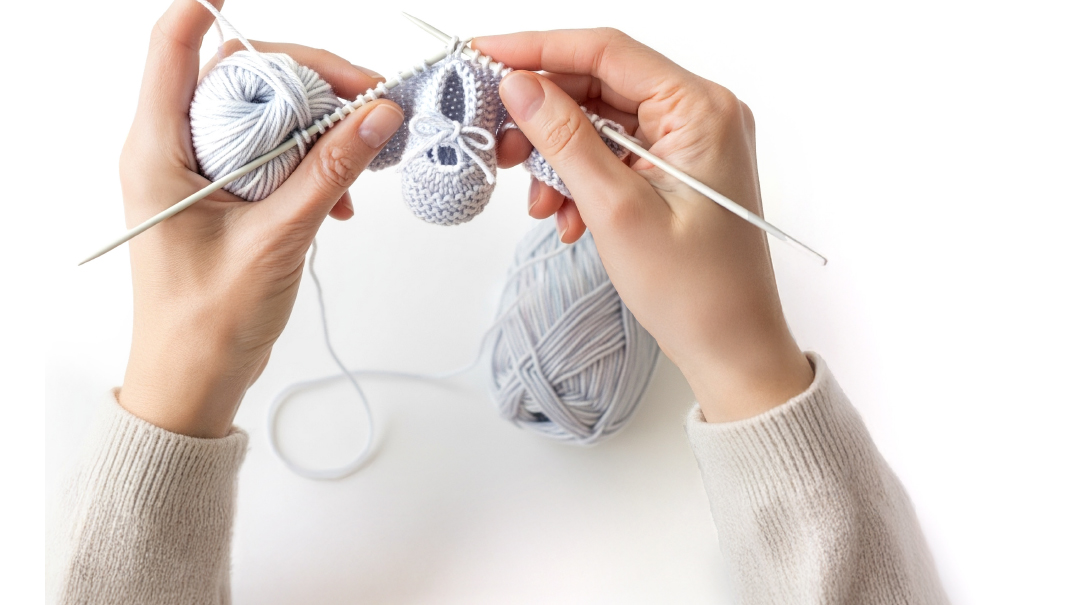Message on a Bottle

Matti Dushinsky transformed a challenging childhood into vibrant art

Photos: Eli Cobin
It’s a sunny winter’s day when I make my way through the concrete jungle of Beit Shemesh’s Cheftziba neighborhood to visit artist Matti Dushinsky. The buildings are tall, crowded together, and plastered with apricot-colored cement, some of the facades decorated with Jerusalem stone in a polite nod to aesthetics.
The only indication there’s an artist living in an apartment off this stroller-strewn lobby is the door plaque, covered in green swirls — emerald and lime, forest green and aqua — with Dushinsky inscribed in elegant gold lettering.
Matti’s apartment is small and spartan. A sagging Formica bookcase, a scratched dining room table, and a cracked faux-leather couch are the only furniture in her living room — reflecting her humble beginnings in the alleyways of Meah Shearim.
The simplicity surprises me, I expected an artist’s home to be beautiful, and Matti picks up on that.
“We live b’pashtus,” she explains in Yiddish-accented Hebrew. “But when it comes to art supplies, we invest our money; I only use the very best materials.”
Everything about Matti is out of the box, from her background to her mode of dress to her artwork. She’s the daughter of a Toldos Avraham Yitzchak chassid, but doesn’t wear the traditional black tichel or stockings. Instead, she’s dressed in a turquoise sweater and beret that bring out the green of her eyes, expertly lined in dark green pencil. Her story is one of tenacity and hope, of a woman who pulled herself out of the cesspool she was drowning in and built a beautiful life for herself, climbing rung after rung despite everything pulling her down.
“My life shows that there’s hope for everyone,” Matti says as we sit down on the couch with mugs of coffee. “Don’t ever make assumptions about how your children are going to turn out, because every person can turn her life around. Ein yeiush ba’olam, there’s no despair in the world, isn’t just a pretty phrase. It’s a truth.”
Tough Beginnings
Matti’s childhood was challenging. Although she grew up in a loving, supportive home — the fifth of 13 children, bli ayin hara — she endured several incidents of abuse at the hands of a neighbor, which left marks on her soul.
But what impacted her most, she believes, is the lack of support she had for her severe learning difficulties, which made every day of school excruciating for her. “When I was in one of the younger grades, I traded some treats for a friend’s toy. When my friend’s mother saw she’d come home from school without her new toy, she called the teacher, who accused me of having stolen it. The teacher told my mother, while I was within earshot, that I was a really difficult, aggressive child, borderline retarded, and that nothing would ever become of me.
“My mother took her words with a grain of salt — she knew I wasn’t cut out for academics, but she also knew perfectly well that I was a sweet little girl. But those words devastated me. They reverberated in my head my whole life.
“The teacher virtually ignored me for the rest of the year, and in my childlike perspective, I viewed adults, especially teachers, with suspicion, sure they were the enemy and not there to nurture or guide me. The rest of my school years were awful.
“The smart teachers left me alone to draw and daydream in my seat, and the ones who tried to bully me into submission went through a very hard time trying to keep me in line. ‘Matti, mah yetzei mimech? What’s going to come out of you?’ was something I heard over and over again.
Oops! We could not locate your form.






